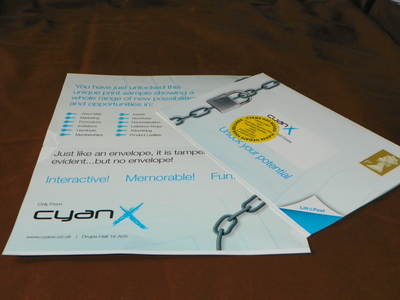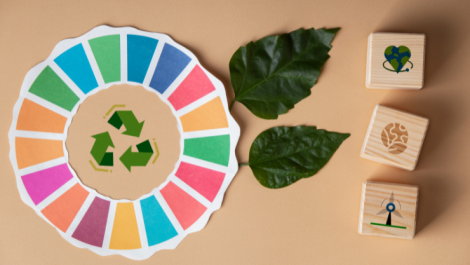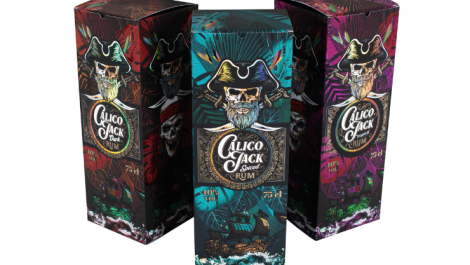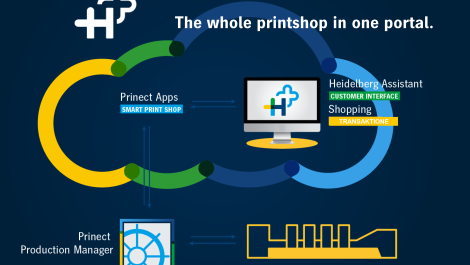A new eco-friendly sealing varnish from CyanX
CyanX is working to bring a new eco-friendly sealing varnish to the UK that it believes holds some innovative possibilities for direct mail and insert-type applications. Digital Printer spoke to the company.
New ideas are generally at a premium in direct mail, but pressroom consumables supplier CyanX believes it might have found one. The Leeds company has been working with an overseas partner that it prefers not to name on the development of eco-seal, an aqueous pressure sealing varnish that has given rise to a new way of enclosing documents. CyanX has the European licence for the product.
The application is quite simple. You print a four colour mailer, both sides of a single sheet, then apply the special coating to the inside face. When it is folded the coating seals to itself, in effect becoming its own envelope, which can be addressed and postage applied. At the recipient’s end, the mail piece can be easily pealed open, after which it will not re-seal. It could be used very effectively for direct mail, inserts, door drops, invitations, brochures and many other applications.
Richard Mawson, managing director of CyanX, said eco-seal has come about through a similar idea that is available in Japan. ‘There is one manufacturer there offering this but the sample we’ve seen was done using a UV process, and we have turned it on its head by going aqueous. We know a bit about drying coatings here. You don’t need the expense of UV dryers and heated rollers that the UV product will need. To me, the UV version is an expensive novelty; it is three to four times more expensive than eco-seal.’
He said that one company in the UK is currently testing with the product, and some sample mailers have been distributed (see picture), including as an insert with this magazine.
Some recipients of these samples have barely realised what they were holding, thinking it was just a postcard, until their attention was drawn to the ‘Lift & Peel’ instruction in the bottom right hand corner. CyanX hopes to show the application at Ipex next year using a folding machine on its stand.
You run the sheets through a normal sheetfed offset press with the eco-seal aqueous coating in the coater unit (this should have a 13m3 Anilox roller) before the dryers, just as you would a standard aqueous coating.
A small amount of spray powder might be required to stop the sheets sticking together. Then you cut to size on the guillotine and put it through a folder in finishing; by setting the pressure on the folder it causes the seal to take effect.
For digital-only houses, things are slightly more complicated. You will need to use the services of a finishing house that has an offline coater, or invest in one yourself if that is feasible, though these are quite expensive. After going through the coater some drying will be needed to remove the water, and then, as before, the sheets can go through a folder and pressure applied to create the seal. ‘Anyone that has the coater and a folder can jump into the direct mail sector,’ said Mr Mawson. ‘It is suitable for small and medium sized runs and there are lots of applications, but I do think magazine inserts would be a great idea for this.’
He added that it might be possible to negotiate Royal Mail discounts on eco-seale mail packs, which are sealed on all three sides, adding to the savings that could already be made on the envelope and postage.
How expensive is it and what are the environmental implications, if any? Pricing has not been set yet, but a comparison of costs for aqueous coating and UV varnish, as well as the fact that UV dryers are more expensive to run, can be instructive. The eco-sealed mail piece can go straight into recycling with the normal waste, and machines can be cleaned with water rather than spirit based solutions.
Mr Mawson is keen to establish eco-seal in the European market quickly, and believes that, if and when the UV version ever arrives on these shores, it will struggle to gain traction with eco-seal having already taken the high ground. ‘We want to get the UK right first and then we will start picking out the big mailing houses in France and Germany,’ he said.





